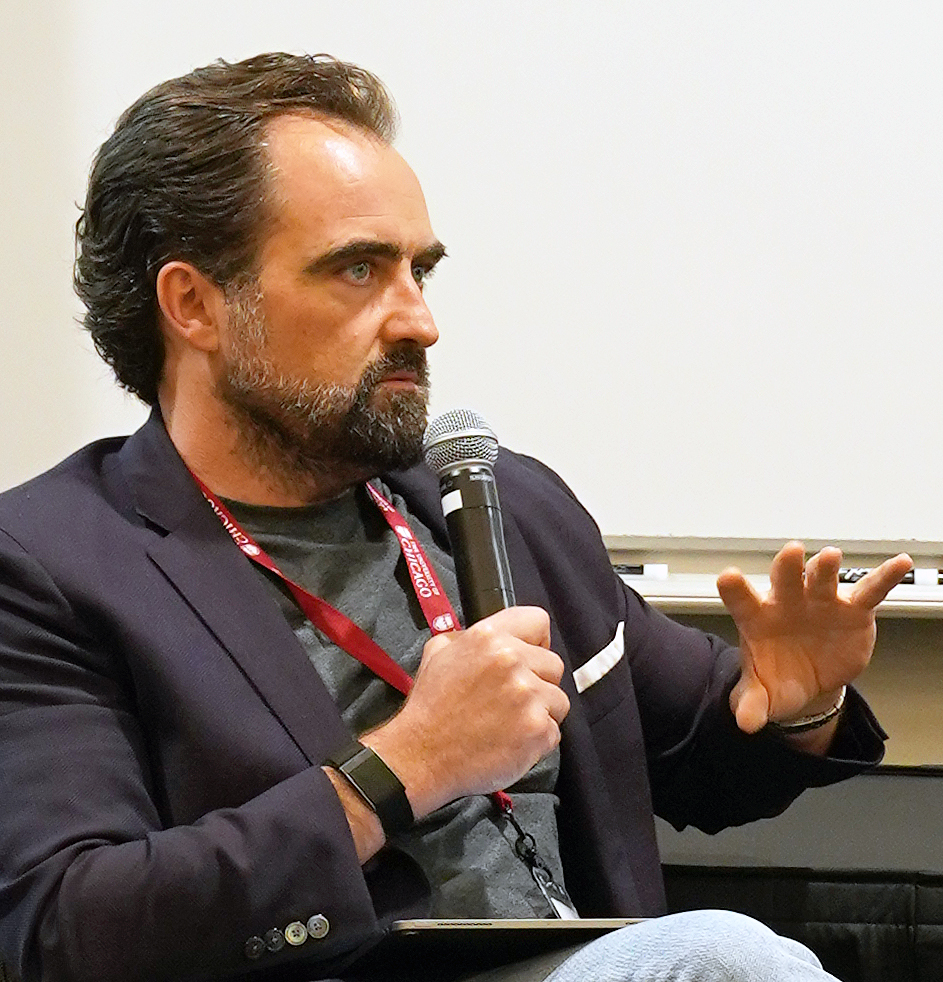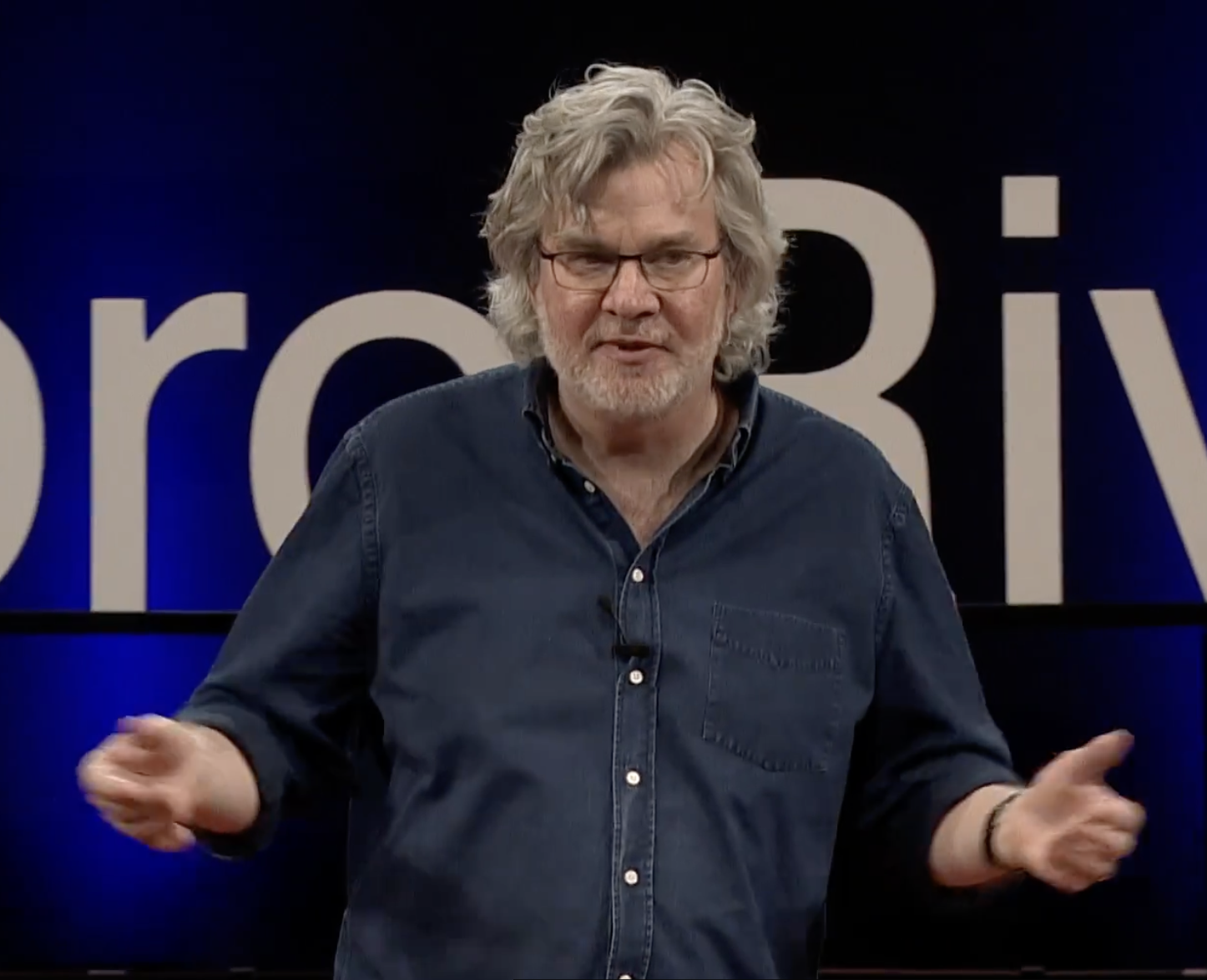“Emergency management is all about relationships,” Sabeen Shamsi says.
As a senior consultant at Deloitte, Shamsi coordinates key stakeholders to develop response plans for emergencies—work she began as a student in UChicago’s Master of Science in Threat and Response Management (MScTRM). Since graduating in 2015, Shamsi has stayed connected with the program as a Capstone sponsor and is now hoping to collaborate with students in her current role.
“In this field, if you’re good at what you do, you really work at establishing relationships,” she says. “The beauty of the MScTRM is that it gives you the perfect environment to do just that, and the connections you develop doing your Capstone Project are a great way to add an additional layer.”
Building a Safety Net
Throughout her career in emergency management, Shamsi has developed response plans that assist at-risk and vulnerable populations—the area she identifies as among the most neglected in the field. She became aware of this deficit while completing her own Capstone, for which she brought together state and local emergency management organizations with the Red Cross to assess at-risk populations in Chicago in the context of a Katrina-scale event.
“I’m still interacting with people I met during my Capstone who are now instrumental in at-risk population service,” she says. “Putting my foot in the door when it came to working with vulnerable populations was very important for setting the stage for the type of work I’m doing now.
“We were trying to determine the impact of an event like Katrina on Chicago and whether Chicago’s at-risk populations would experience similar dislocations and negative outcomes. The answer to that was, of course, yes. Chicago is not prepared. So our project focused on highlighting those gaps.”
It took a global pandemic for the general public to understand how these gaps cost lives.
“Covid made it perfectly clear that there’s a lot of work to be done in emergency management, but nobody in the field was surprised,” she says. “It’s something we can expect to see again and again until the necessary safety nets are in place. I’m hoping more organizations put a lens on it.”
Collaborating Against Catastrophe
One of the ways Shamsi wants to focus this lens involves sponsoring Capstone projects. In an earlier project she sponsored, MScTRM students developed a plan for the City of Chicago Hazard Identification and Risk Assessment (HIRA) to determine and prioritize Chicago’s top emergency management risks.
“A lot of the work overlapped with what the students had been studying in the program,” Shamsi says. “They worked on a plan that ended up being used by the City of Chicago for their assessment and planning. It’s still being used today, which goes to show the impact you can have even as a student with your Capstone.”
Future projects will similarly focus on better assisting vulnerable populations through collaboration.
“There’s plenty of work to be done, and so many angles to approach it from,” she says. “In emergency management, we all too often learn through devastation, but I hope we can take the lessons we learn in the MScTRM program and put these measures in place before that.”
The UChicago Biological Sciences Division (BSD) will oversee any future programming. Please visit the BSD website for more information about their offerings.



